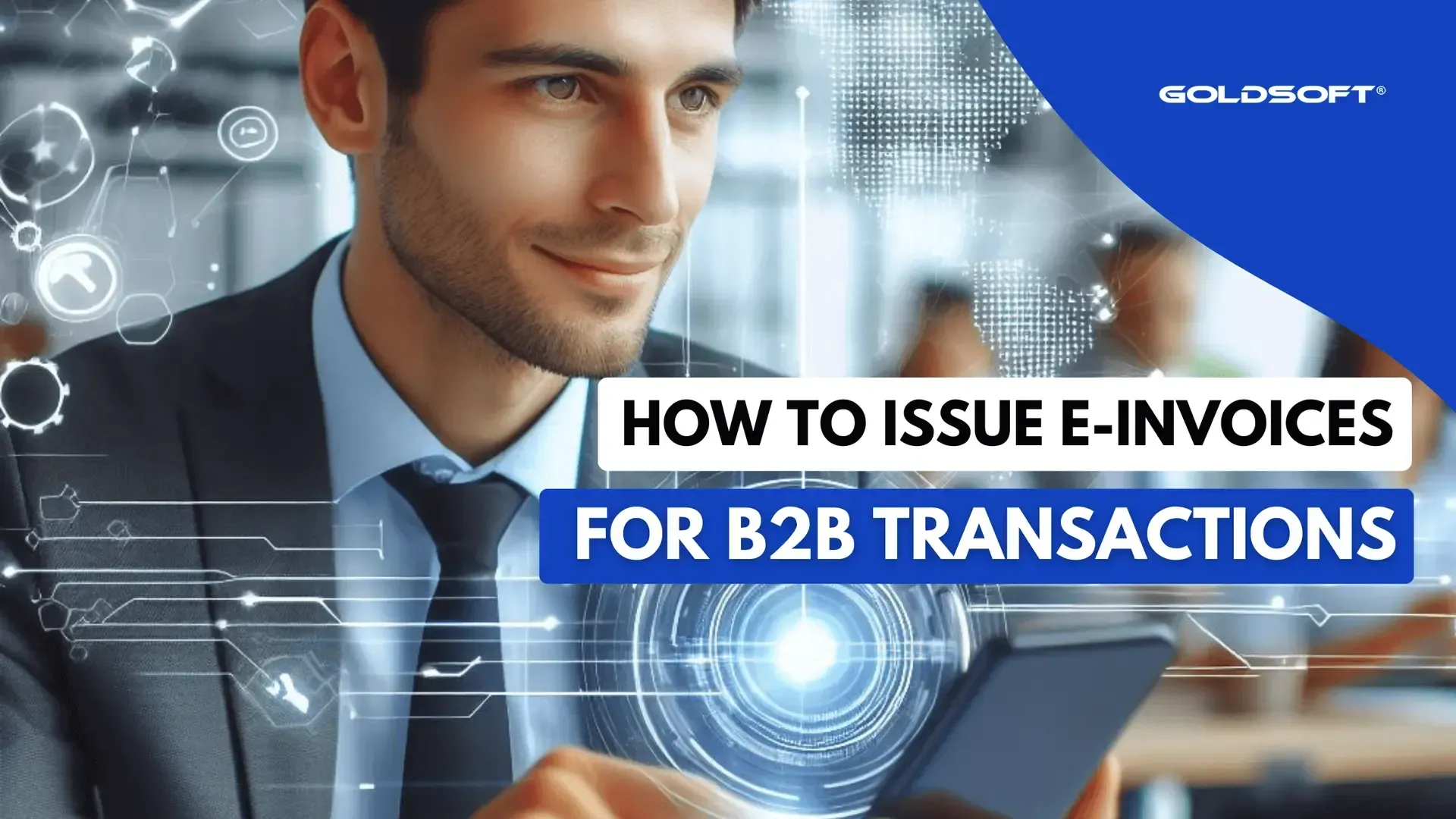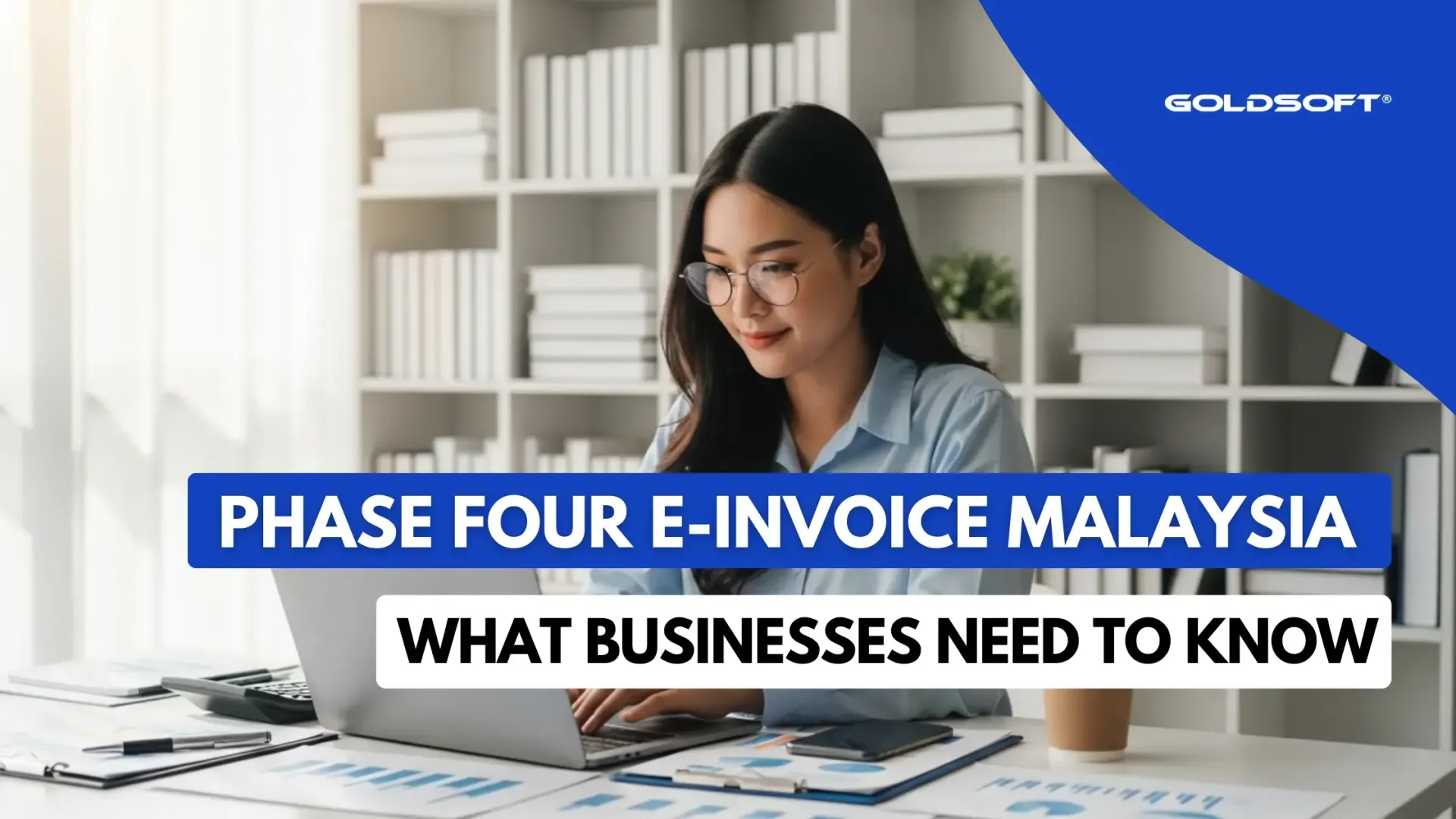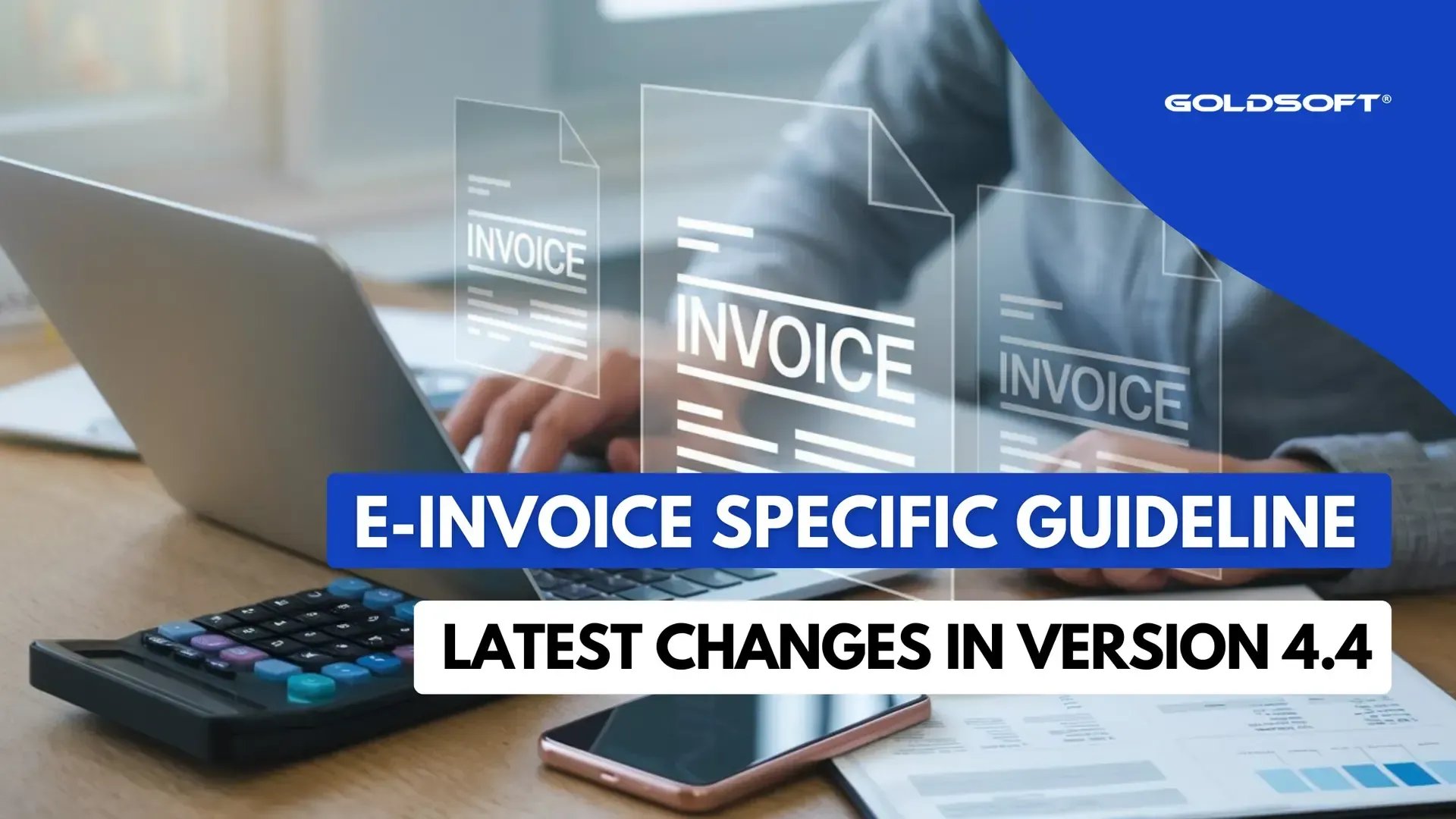How To Issue E-Invoices for B2B Transactions
Ensuring Compliance and Efficiency in B2B E-Invoicing

B2B e-invoicing, or Business-to-Business electronic invoices, revolutionize traditional invoicing by digitizing the exchange of invoice documents between businesses. An e-invoice is a file created in the format specified by the IRBM, such as XML and JSON formats, which can be automatically processed by relevant systems. This means no more PDF files, Word documents, or JPEGs.
How B2B e-invoicing Benefit Your Company?
B2B e-invoicing is not just a step towards digital transformation; it is a leap towards a more efficient, secure, and collaborative business environment. Here are some of the key benefits:
1. Your Company: Experience faster payments, improved cash flow, and reduced billing errors with e-invoicing. For instance, instead of waiting weeks for a paper invoice to be processed and paid, e-invoicing allows you to send invoices electronically, which are then quickly validated, approved, and settled by your customers. As a result, you can accelerate your receivables turnover and ensure a more consistent cash flow for your business.
2. Finance Department: Experience a substantial reduction in manual tasks while ensuring compliance with e-invoicing and tax regulations. E-invoicing automates several aspects of the invoicing process, from sending to reconciliation.
3. IT Department: Benefit from improved data security. Digital invoices incorporate advanced security measures such as encryption, access controls, and audit trails, reducing the risk of invoice fraud and ensuring the integrity and confidentiality of financial transactions.
4. Sales Department: Improve sales and customer relationships through streamlined billing processes. Access real-time data, such as ordering details, for better sales information and forecasting. This transparency and predictability in transactions can lead to better relationships between trading partners.
5. Operations Department: Reduce paperwork and manual data entry, leading to improved productivity. By eliminating human errors such as typos or lost documents, e-invoicing helps prevent disputes and delays, ensuring smoother operations.
In conclusion, B2B e-invoicing offers numerous benefits to your company, ranging from faster payments and improved cash flow to reduced billing errors and enhanced data security.
Here Is The Process Flow of B2B E-Invoicing via API:
Step 1: E-invoice Creation
Supplier creates e-invoices from the ERP system or B2B portal in accordance with the defined structure (XML and JSON formats).
Step 2: E-invoice Submission & Validation
The e-invoice information is sent to IRBM for real-time validation via API.
Step 3: E-invoice Notification
Once the e-Invoice has been validated, IRBM will notify both the Supplier and Buyer via the MyInvois Portal. An e-mail will be sent for this notification. Notifications include invoice clearance and Buyer rejection requests.
Step 4: Sharing of Validated E-invoice
Once approved, the supplier sends the cleared and validated e-invoice, embedded with a QR code containing the validation link, to the buyer. The QR code can be used to validate the existence and status of the e-invoice via the MyInvois Portal.
Following e-invoice issuance, there are several post-issuance processes that need to be handled to ensure smooth processing and compliance:
Step 5: Rejection or Cancellation:
Optional rejection requests from buyers and cancellation requests from suppliers must be initiated within a 72-hour timeframe. If the buyer rejects the invoice, they need to provide a reason. The seller will be notified and can re-submit an amended invoice. After this period, the invoice is considered valid, and any amendments necessitate credit notes, debit notes, or refund notes.
Step 6: Transaction Summary:
Both buyers and suppliers can request and retrieve e-invoices via the Myinvois portal, facilitating transparency and record-keeping.
To comply with B2B e-invoicing regulations in Malaysia, businesses should follow these steps:
- Familiarize with IRBM guidelines: Understand and align with e-invoicing guidelines provided by the Inland Revenue Board of Malaysia (IRBM).
- Engage with e-invoice Solution Provider: Look for an ERP system/ middleware solution compliant with e-invoicing regulations.
How Goldsoft can help you:
-
Option 1: E-Invoice Ready ERP SolutionList Item 1
This solution provides a direct connection from the Goldsoft ERP system to IRBM's MyInvois Portal:
- Client utilizes Goldsoft built-in e-invoice compliance ERP/ POS system.
- Goldsoft direct converts the e-invoice generated from Goldsoft ERP/POS system to the standardized format (XML& JSON) and send it to IRBM for verification, receive the validated e-Invoice from IRBM and insert a QR code into the e-Invoice, route the validated e-invoice to the seller.
- Client is able to track and monitor e-invoice submissions, validations, and statuses in real-time.
-
Option 2: E-Invoice Middleware Solution
This solution uses Goldsoft as middleware to connect client's existing software to the e-Invoicing network:
- Clients can continue using their existing ERP/accounting system.
- Goldsoft converts the e-invoice to the standardized format (XML& JSON) send it to IRBM for verification, receive the validated e-Invoice from IRBM and insert a QR code into the e-Invoice, route the validated e-invoice to the seller.
- Client is able to track and monitor e-invoice submissions, validations, and statuses in real-time.
- Protect the confidentiality and integrity of e-invoice information that are sent and received between parties.
By adhering to these streamlined processes, businesses can enhance efficiency, ensure regulatory IRBM e-invoice compliance, and foster trust in B2B transactions.
For more information about ERP e-invoicing for the retail or trading distribution industry, please do not hesitate to contact Goldsoft's sales team at 03-2732 8833 or email eason@goldsoft.com.my.
#einvoicing #b2binvoicing #einvoice #GoldsoftERP #einvoiceERP #Goldsoft #einvoicemalaysia
Contact Us
Share
Recent Articles





